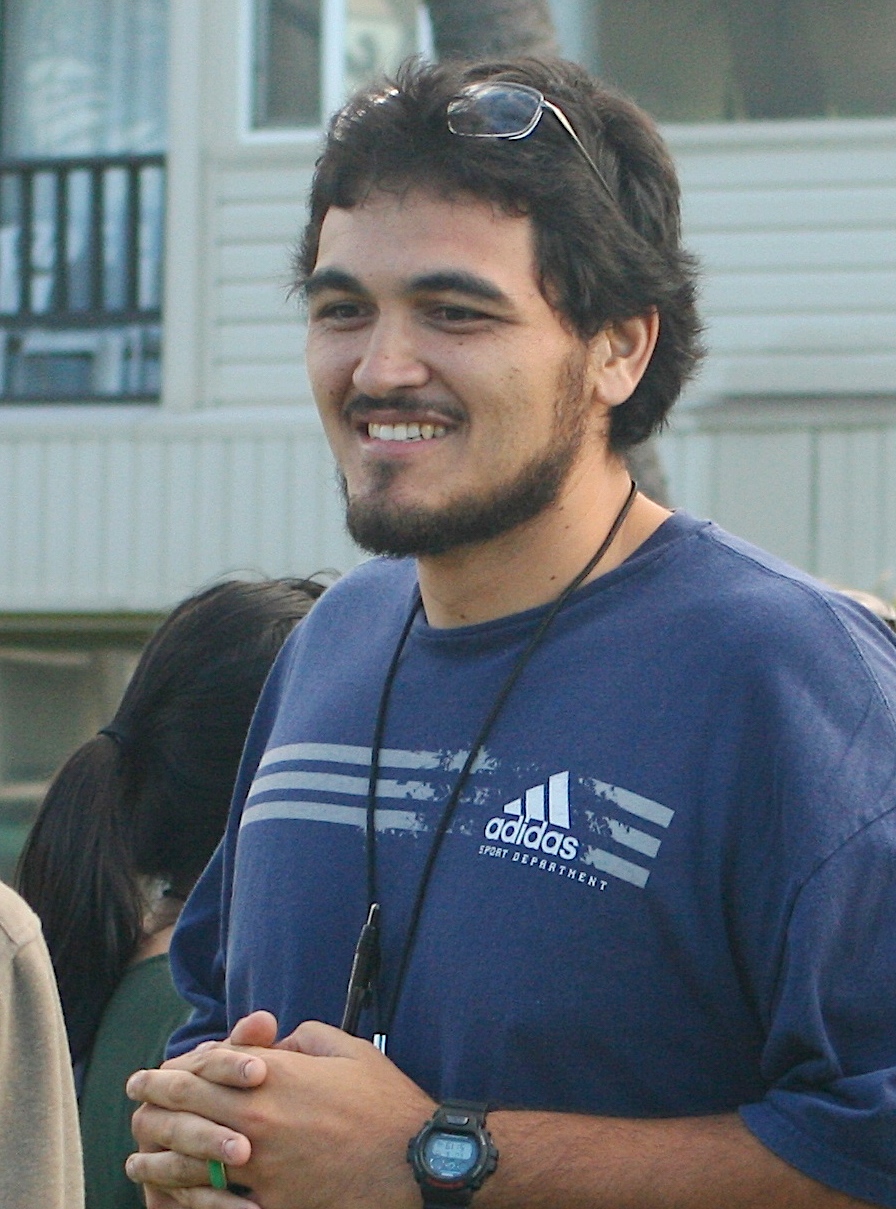
Matt Rappeline is going into his Junior year in the Physics department at the University of Hawaii at Manoa and Kapi’olani Community College. Matt is very interested in the applications of general relativity in cosmology and would like to pursue an M.S. and a Ph.D. in physics after completing his undergraduate degree. Matt plays basketball, spends time with his family and augments his knowledge of Star Wars daily.
Home Island: Oahu
Institution when accepted: University of Hawaii at Manoa
Akamai Project: Identifying and Monitoring Variable Objects in Star-Forming Regions Using Data from the Infrared Imaging Survey (IRIS)
Project Site: Institute for Astronomy, Hilo
Mentor: Klaus Hodapp
Located at the Cerro Armazones Observatory in Chile, IRIS is a 0.8-meter telescope commissioned solely for the purpose of examining variability in star-forming regions. IRIS surveys the sky in three bands of the near-infrared region (NIR, ~1 to 5 microns): J (~1.25 µm), H (~1.65 µm) and Ks (~2.15 µm), though mainly in the Ks band. Infrared bands penetrate interstellar dust, producing magnitude (luminosity) data on embedded objects in star-forming regions. In this project, we analyzed the data collected over the past two years to obtain photometric data and identify highly variable objects. Images from IRIS, already reduced, were pipelined into the Image Reduction and Analysis Facility (IRAF) software, arranged by date. We wrote a script to rearrange the data by object and then “zero” each image with a null frame. Reference stars were selected around each object by cross-referencing the world coordinate system (WCS) of the object with the existing 2MASS database. The program stars were selected individually, as were other nebulous or extended objects. We modified existing IRAF scripts to mark reference stars, program stars, and nebulous objects in each image, and to extract instrumental magnitudes from these images. A modified C-language script converted the data from instrumental magnitudes to “true” magnitudes, which were used for numerical and graphical analysis. We identified several highly variable objects from this process and constructed light curves to monitor individual, variable objects. Continued analysis of the high quality photometric data from IRIS will produce more authentic magnitude readings. The manner in which these stars vary will give us deeper insight into the dynamics of star formation and stellar evolution.